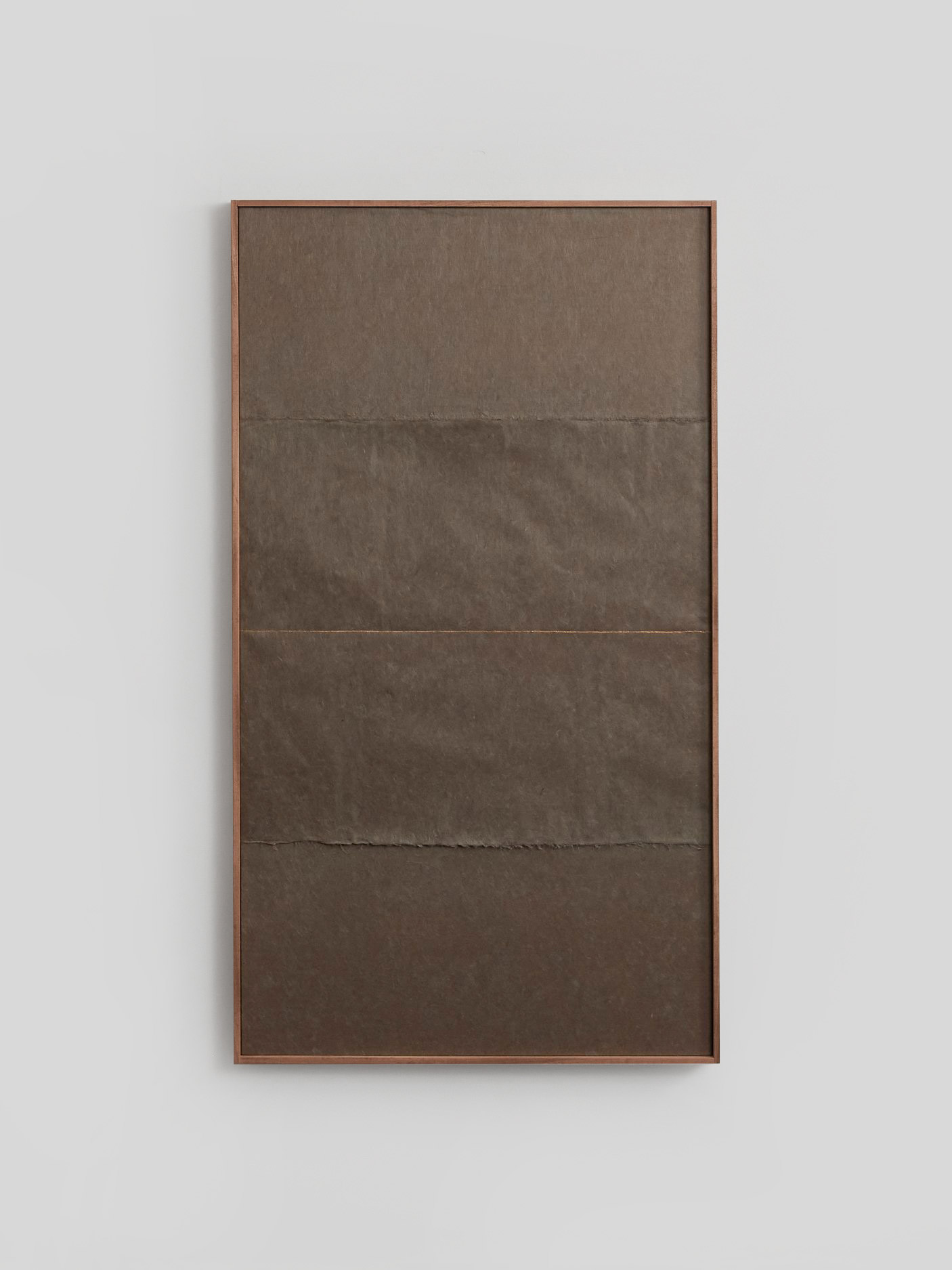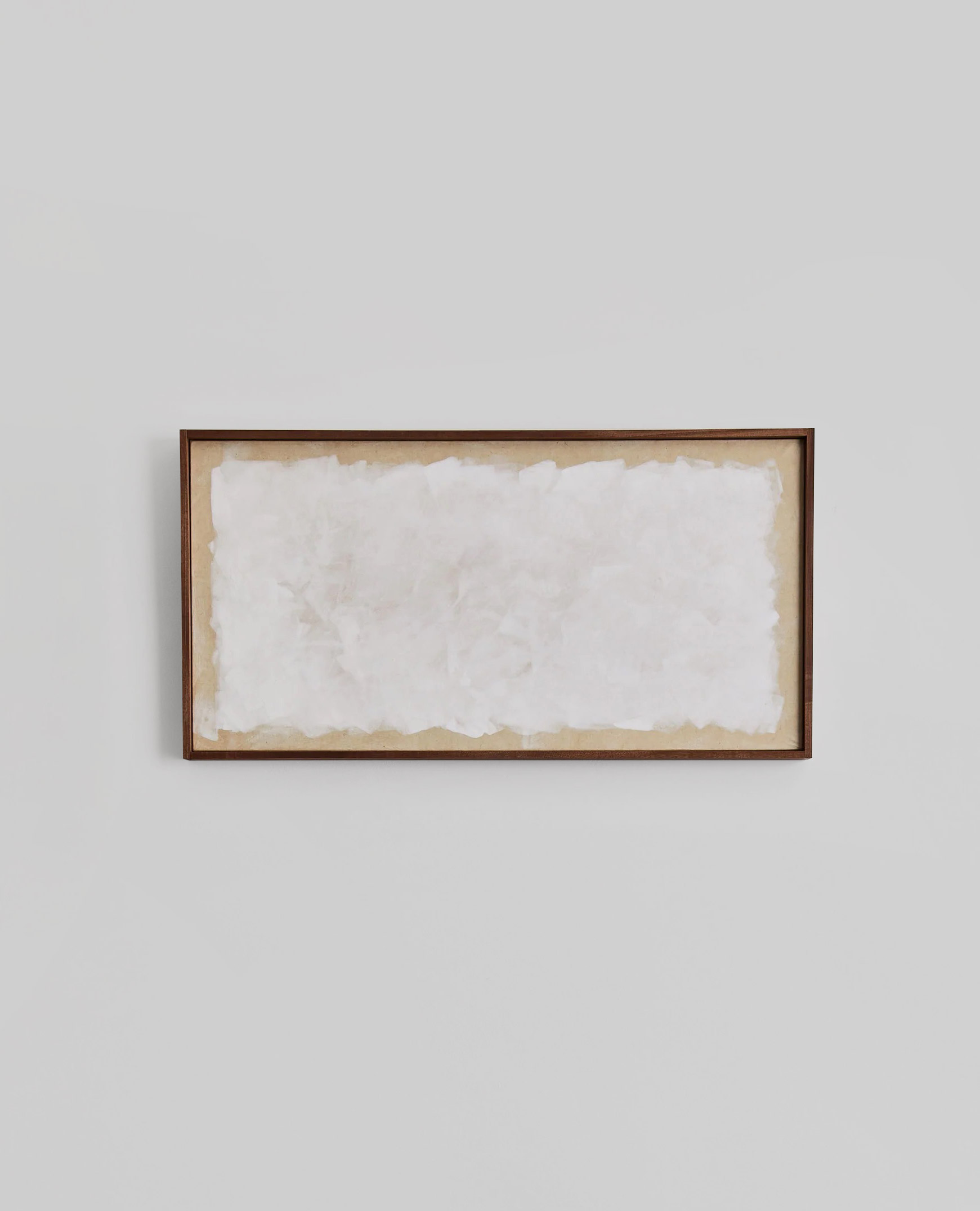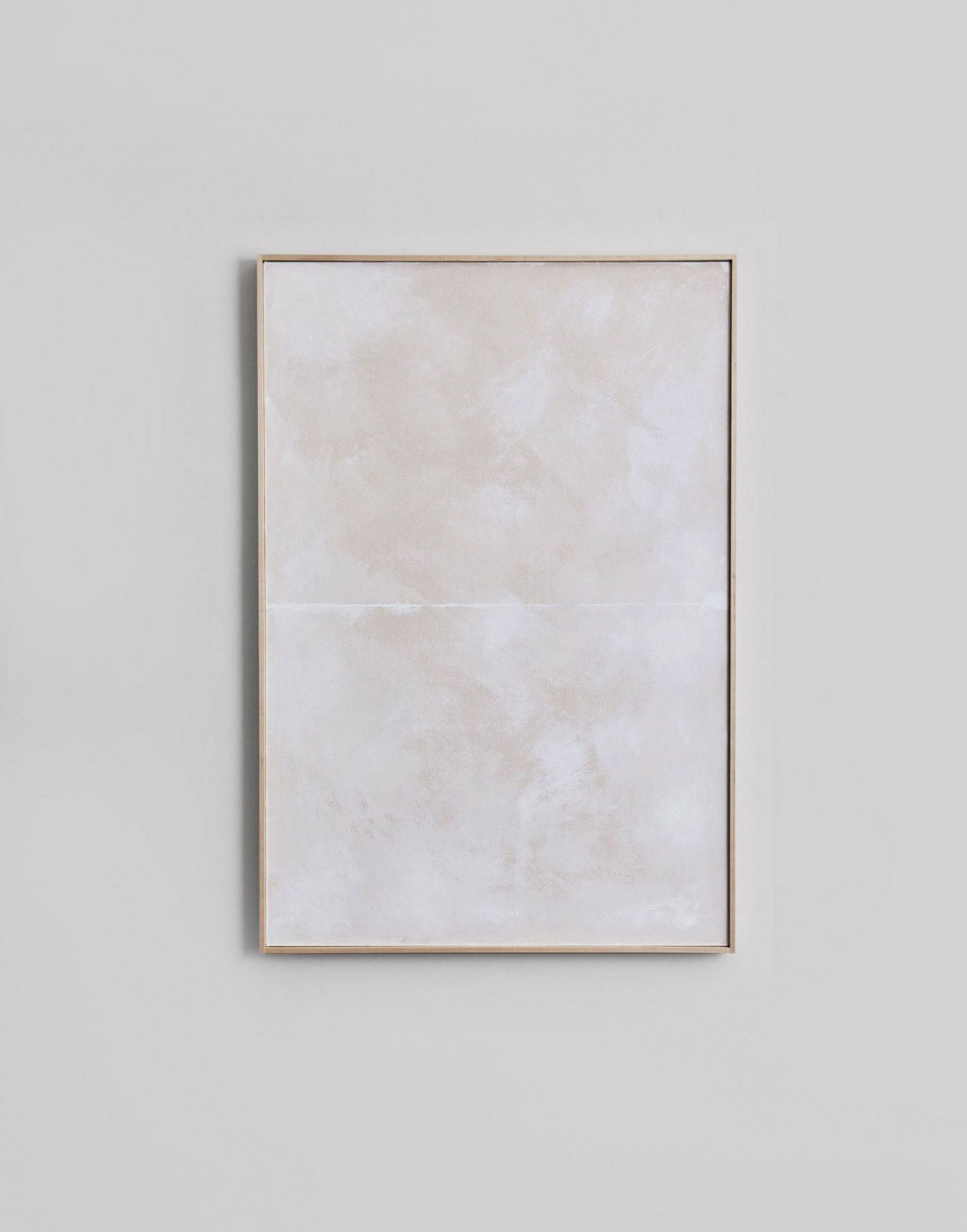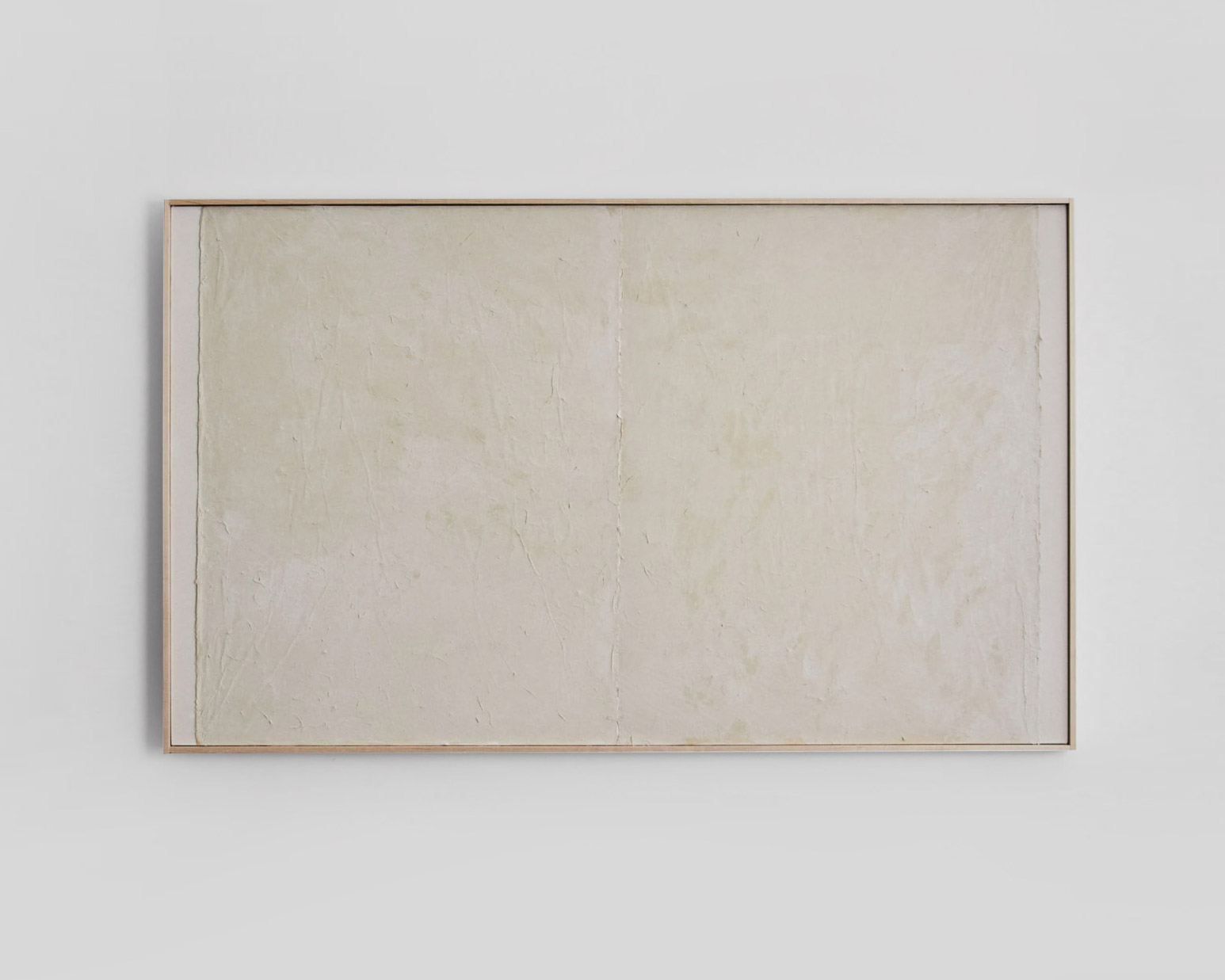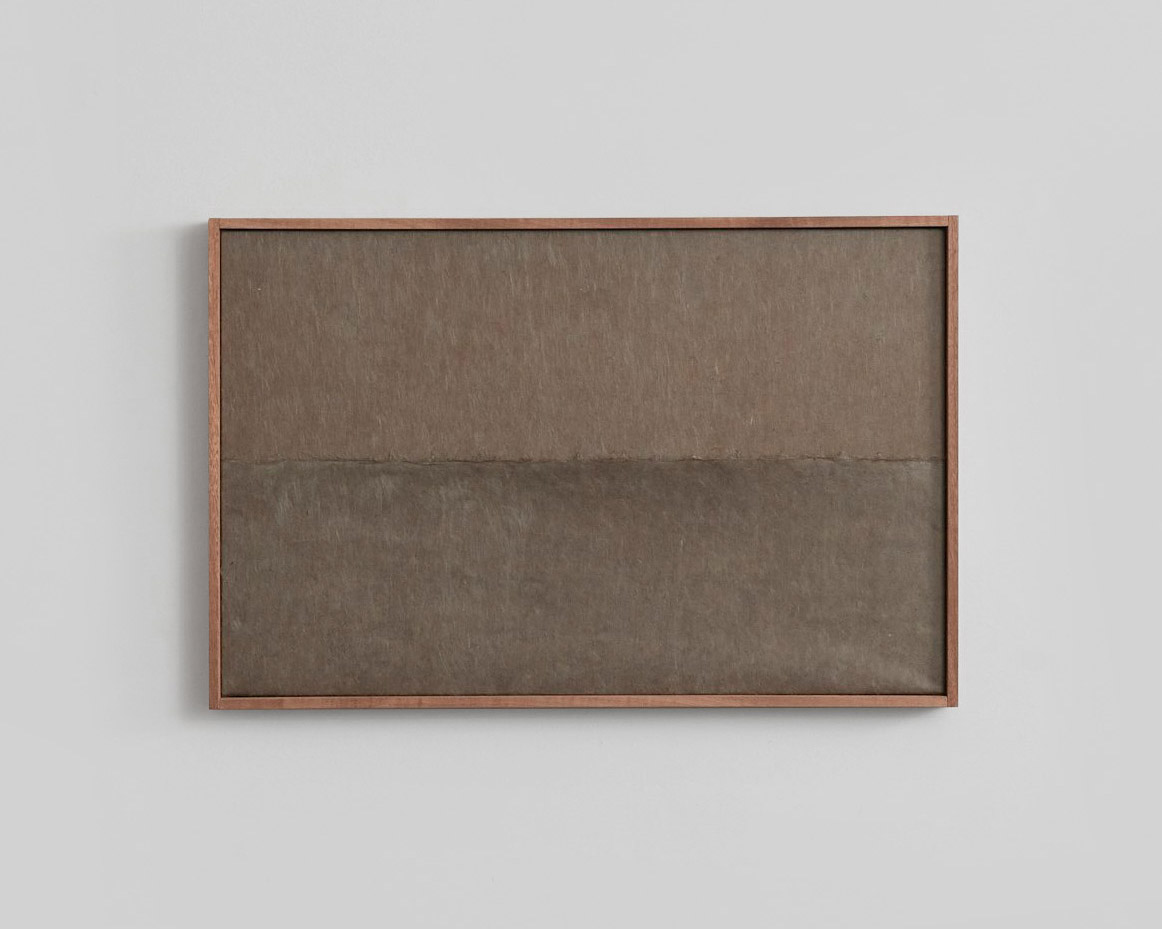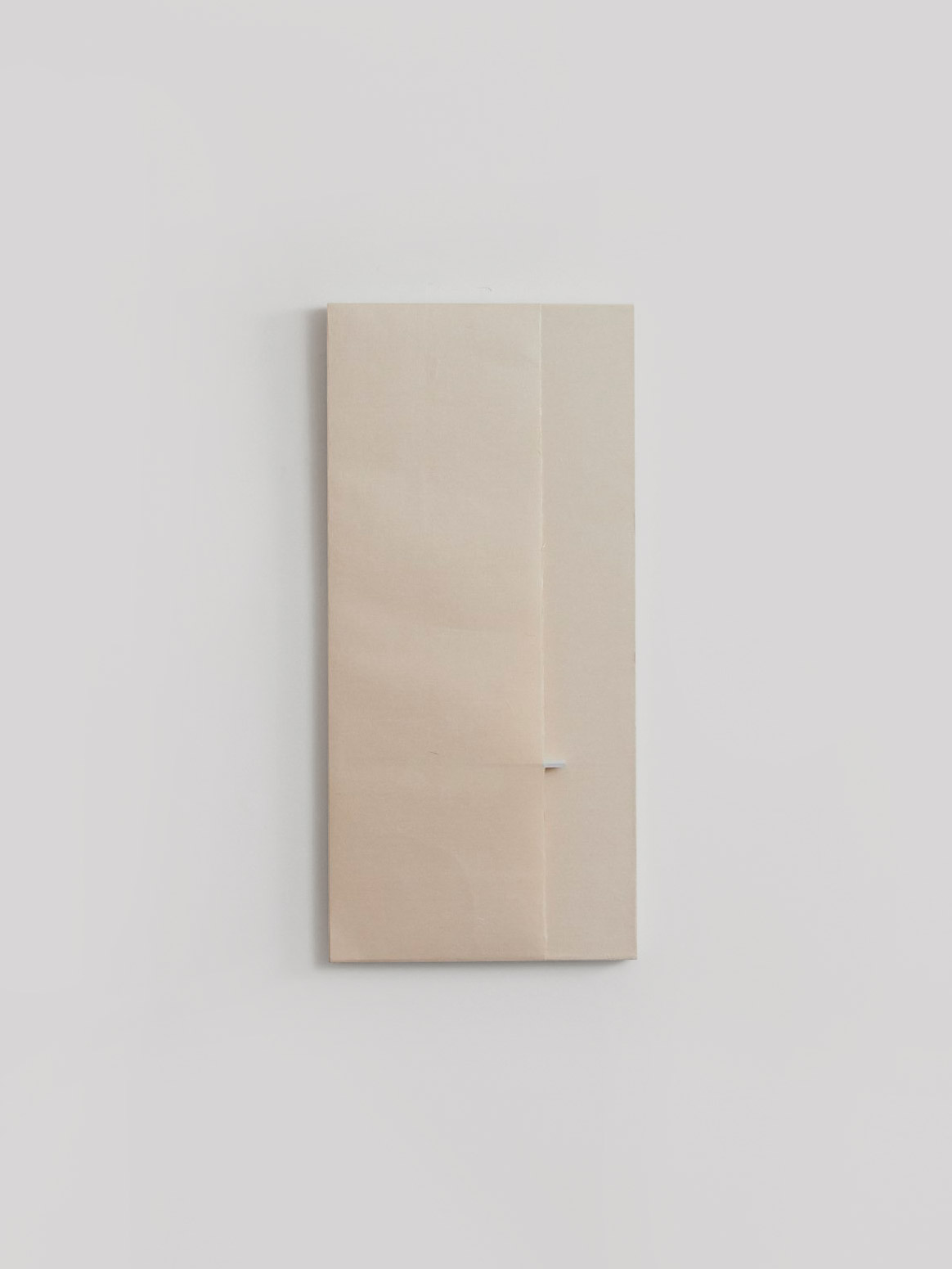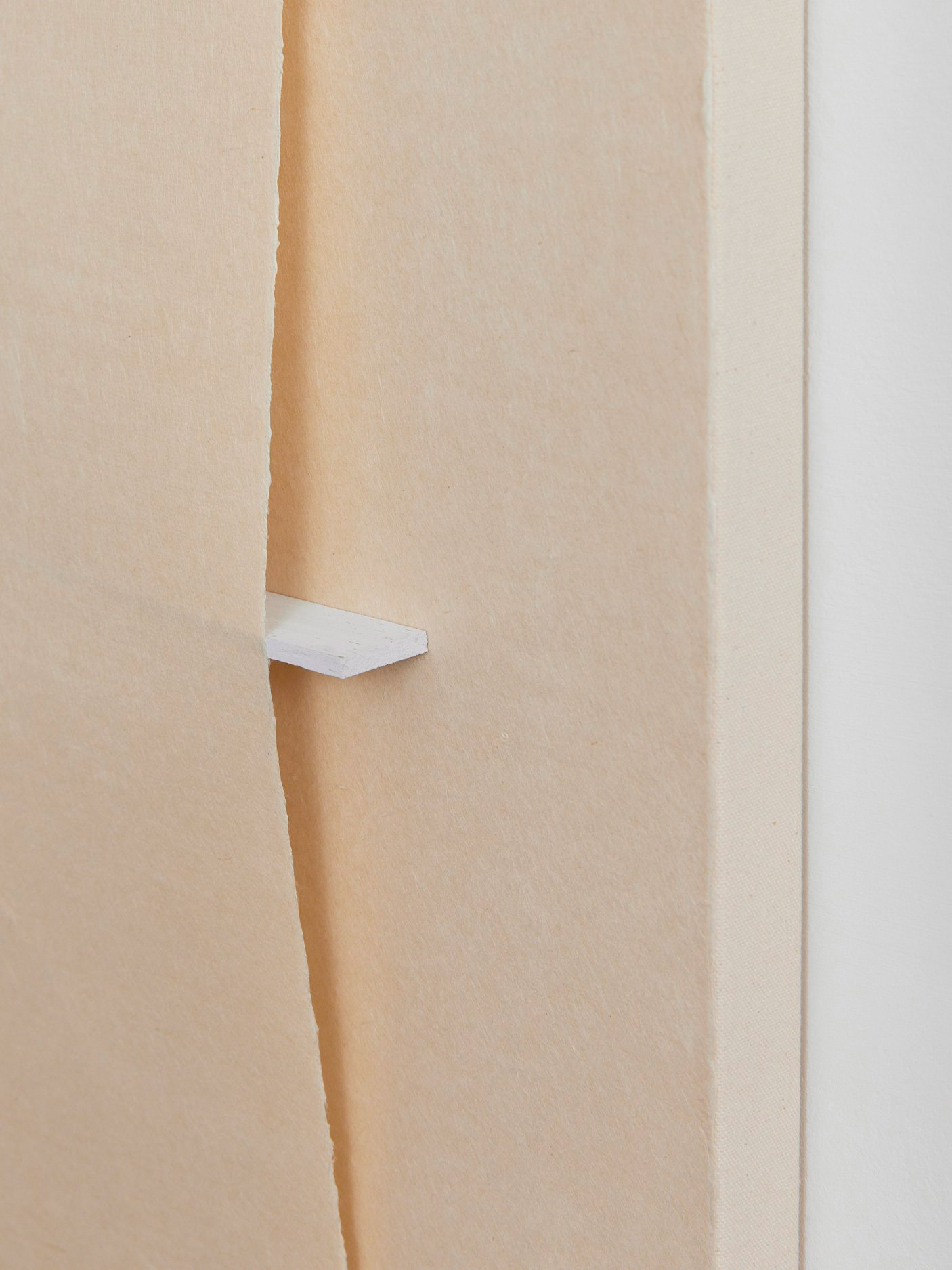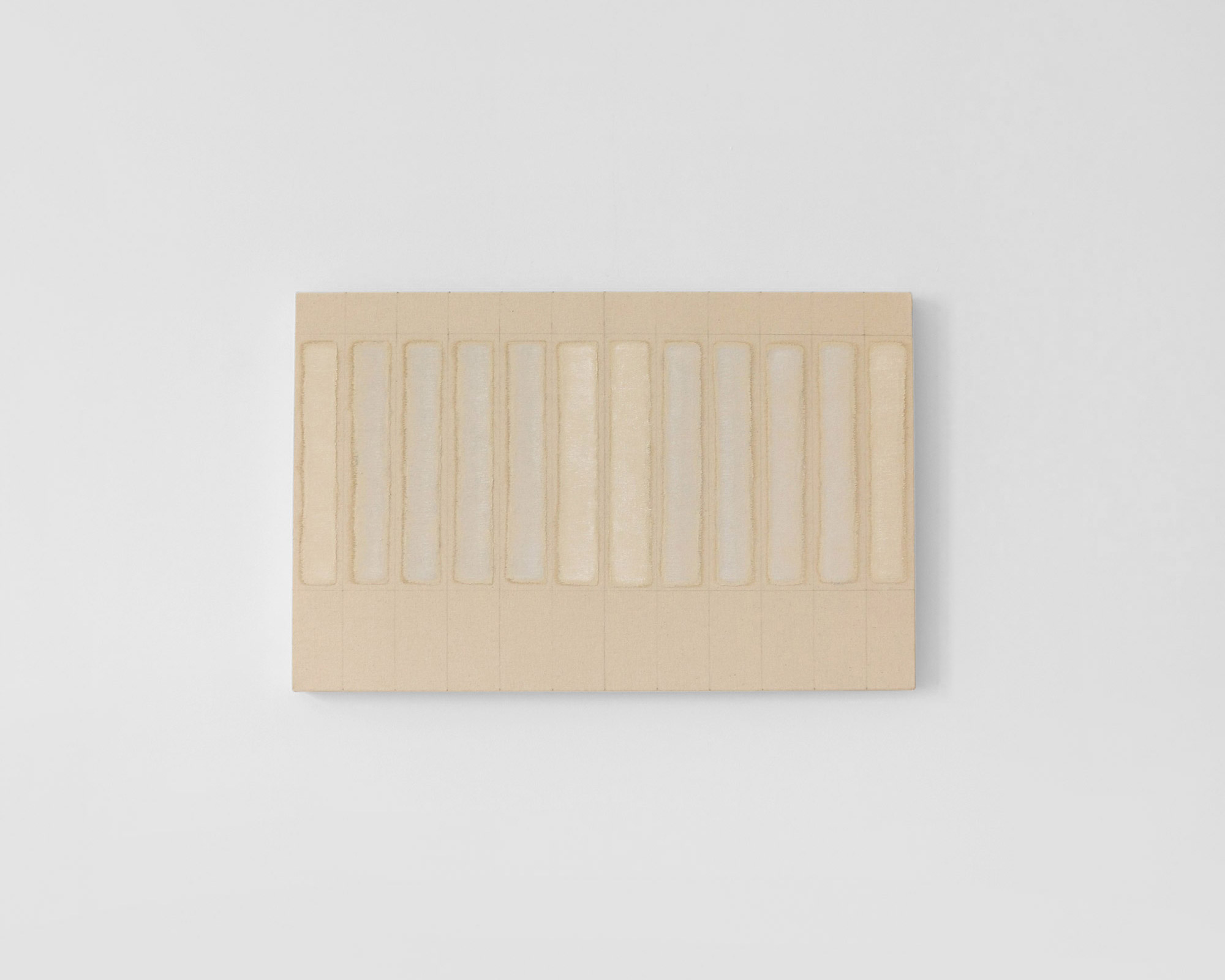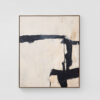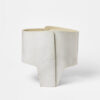Yoona Hur is a Korean artist who draws her inspiration from the cultural legacy of Korean ceramic history. Born in Seoul, and raised in Canada and the US, Hur has spent most of her life in the West.
Before devoting herself entirely to art, she worked as an architect after completing her studies in art and architecture. The decision to turn entirely to art was primarily driven by Hur’s desire to deepen her Asian identity and spirituality. Through her work, she not only brings her Eastern heritage and philosophy into the present but interprets it in a new, modern way. Her work in architecture significantly informs her current artistic approach. Consequently, she makes the environment in which a work of art is created an essential aspect of her practice.1
Her modern interpretation of traditional Korean white porcelain vessels called “Dalhangari” is a tribute to a philosophy of not attaching to an idealized form, but rather focusing on reinterpreting the spirit with subtlety and respect.2
Her subtle, monochrome paintings play with texture, light, and shadow. Mostly done in natural, soft tones, such as brown and beige, and made of Korean hanji (mulberry) paper, her paintings testify to her fine sense of materiality and deep philosophical interest. In these works, one can feel the essence of Dansaekhwa, a movement of modern Korean painting. It emphasizes the meditative feeling of unity with nature through the act of repetition.
When she talks about her work with clay and paper, she speaks of the aspect of “forgiving and embracing.” Both media are “free” and “flowing” and there is always that decisive moment “to accept what is and ‘let go’ and not commit”. Her goal is to convey expansiveness and vulnerability through her work. She thus creates a meditative space for viewers that invites contemplation, healing, and spiritual development.
The void in my work can be perceived as a meditative space where one is invited to pause, contemplate, heal and awaken to the higher versions of ourselves.
In her artistic search and expression, intuition, spontaneity, and emotionality stand out as decisive characteristics. In an interesting interview with Yeh Joon Han-Mann, she spoke openly about what she wants to explore in her art. “I am a very intuitive, tactile, spontaneous and emotive person. I feel most authentic and fulfilled when I am expressing and exploring things that are personal and spiritual which can be often open-ended, experimental and ambiguous.” 3
Today Yoona Hur lives and works between New York and Seoul. She remains constantly on the lookout for new forms of expression that combine her Korean roots with contemporary aesthetics and philosophy.
